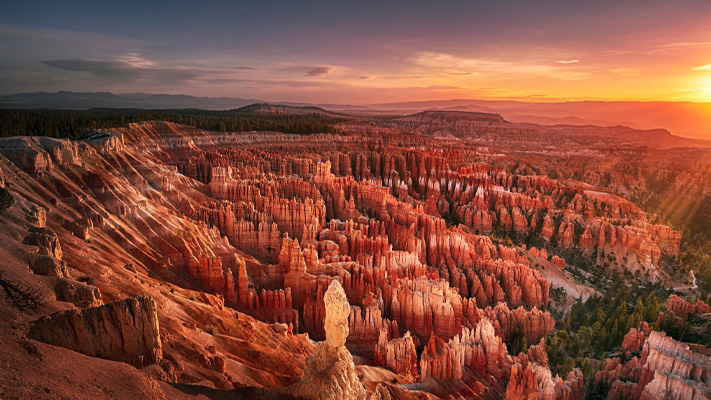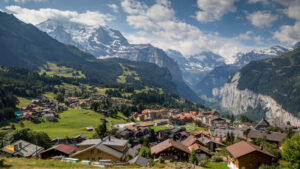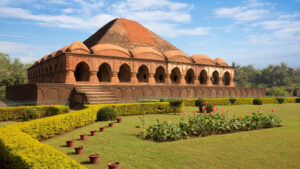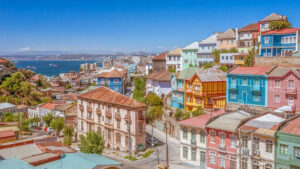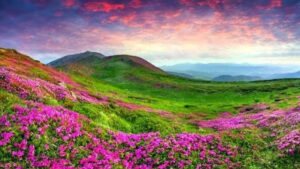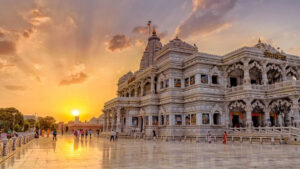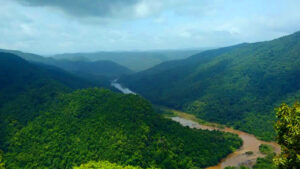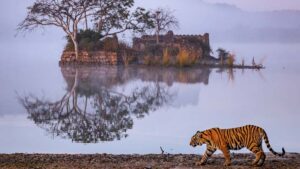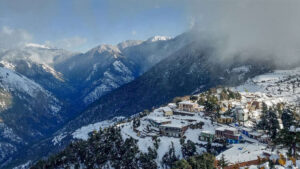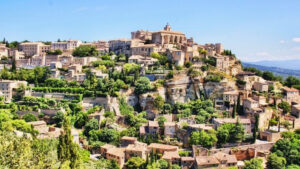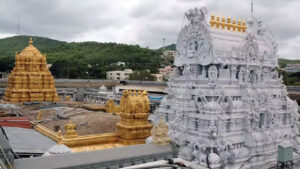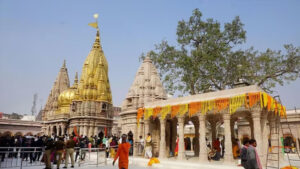BRYCE CANYON, UTAH – PERFECT PLACE TO ENJOY SOME OTHERWORLDLY BEAUTY

Bryce Canyon is a national park located in southwestern Utah, in the United States. It is known for its unique geological formations, including a series of natural amphitheaters, hoodoos (tall and thin rock spires), and fins (thin rock walls). The park covers an area of over 35,000 acres and features a variety of landscapes, including forests, deserts, and canyons.

The park is named after Ebenezer Bryce, a Mormon settler who homesteaded in the area in the late 19th century. The park was established in 1928 and has since become a popular destination for outdoor enthusiasts, hikers, and nature lovers.
Bryce Canyon is located at a high elevation, ranging from 8,000 to 9,000 feet above sea level, which makes it an ideal destination for visitors looking to escape the heat of lower elevations during the summer months. The park also experiences a wide range of temperatures throughout the year, with cold winters and mild summers.
In addition to its unique geological formations, Bryce Canyon is home to a variety of plant and animal species, including elk, deer, coyotes, and several species of birds. Visitors can enjoy a variety of activities in the park, including hiking, camping, stargazing, and horseback riding, among others.
Bryce Canyon is special for several reasons, including:
- Unique geological formations: Bryce Canyon’s distinctive hoodoos and other geological formations make it a unique destination. The colorful, towering spires and fins were created over millions of years through a combination of erosion, frost wedging, and other natural processes.

- Spectacular scenery: The park’s stunning natural beauty, with its towering hoodoos and dramatic landscapes, draws visitors from around the world. The park offers many opportunities to take in the views, including scenic drives, hiking trails, and overlooks.
- Dark sky preservation: Bryce Canyon has some of the darkest skies in the United States, making it an ideal destination for stargazing. In recognition of the park’s commitment to preserving its dark skies, it was designated an International Dark Sky Park in 2019.
- Outdoor activities: The park offers a wide variety of activities for visitors, including hiking, camping, horseback riding, and cross-country skiing in the winter. With over 50 miles of hiking trails ranging from easy to strenuous, visitors can explore the park’s many natural wonders at their own pace.
- Conservation efforts: Bryce Canyon is committed to preserving its natural beauty for future generations. The park is home to several endangered species, and efforts are underway to protect the park’s unique ecosystems through habitat restoration and other conservation initiatives.
Activities Enjoyed by Visitors
Visitors to Bryce Canyon can enjoy a variety of activities, including:

- Hiking: Bryce Canyon offers over 50 miles of hiking trails, ranging from easy to strenuous, that allow visitors to explore the park’s unique geological formations, scenic overlooks, and backcountry wilderness. The trails offer opportunities for hikers of all skill levels, and some popular routes include the Queen’s Garden Trail, Navajo Loop Trail, and Fairyland Loop Trail.
- Scenic drives: Visitors can enjoy stunning views of the park’s unique landscapes by taking a scenic drive along the park’s main road, which features several overlooks and viewpoints. The 18-mile long Bryce Canyon Scenic Drive takes visitors past many of the park’s most iconic geological formations, including the Natural Bridge, Thor’s Hammer, and the Hoodoo Amphitheater.
- Ranger-led programs: The park offers a variety of ranger-led programs, including guided hikes, astronomy programs, and educational talks, that allow visitors to learn more about the park’s natural and cultural history.
- Horseback riding: Visitors can explore the park’s backcountry wilderness on horseback, with guided horseback tours available from April through October.
- Snowshoeing and cross-country skiing: In the winter months, visitors can explore the park’s snowy landscapes on snowshoes or cross-country skis. The park offers several designated snowshoe and cross-country ski trails, and equipment rentals are available nearby.
- Stargazing: Bryce Canyon’s dark skies offer some of the best stargazing opportunities in the United States. Visitors can attend one of the park’s nightly astronomy programs or simply gaze up at the stars on their own.
Top Attractions
Here are some of the top attractions in Bryce Canyon:

- The Hoodoos: These unique rock formations are the main attraction of Bryce Canyon. They are tall, thin spires of rock that have been eroded over millions of years into their distinctive shapes. Some of the most popular hoodoo formations include Thor’s Hammer, Queen Victoria, and the Wall of Windows.
- Bryce Point: This overlook offers stunning panoramic views of the Bryce Amphitheater and the surrounding landscape. It’s one of the most popular stops along the park’s main road and offers a great vantage point for watching the sunrise or sunset.
- Navajo Loop Trail: This popular hiking trail descends into the Bryce Amphitheater and offers breathtaking views of the park’s unique geological formations, including Wall Street and Two Bridges.
- Bryce Canyon Lodge: This historic lodge is located in the heart of the park and offers comfortable accommodations for visitors. Built in the 1920s, the lodge features a rustic, western-style design and is listed on the National Register of Historic Places.
- Sunrise Point: This popular overlook is a great spot to watch the sunrise over the Bryce Amphitheater. It offers stunning views of the hoodoos and other rock formations, and is a popular spot for photographers.
- Rainbow Point: Located at the southern end of the park, Rainbow Point offers expansive views of the surrounding landscape and is the highest point in the park at over 9,100 feet above sea level. The Bristlecone Loop Trail, which starts at Rainbow Point, offers visitors the chance to see some of the park’s oldest living trees, including the ancient bristlecone pine.
- Mossy Cave Trail: This short, easy hike leads to a unique waterfall and cave formation that’s unlike anything else in the park. The trail is located outside the main park area, but is still a popular stop for visitors.
Best Time to Visit
The best time to visit Bryce Canyon depends on your preferences and what you want to do in the park. Here are some factors to consider:

- Weather: Bryce Canyon’s high elevation means that the weather can be unpredictable and change quickly. The summer months (June-August) tend to be the warmest and driest, with average temperatures in the 70s and low 80s Fahrenheit (21-28 degrees Celsius). The fall months (September-November) are cooler and drier, with crisp, clear days and chilly nights. Winter (December-February) brings snow and colder temperatures, but can also offer stunning views of snow-covered hoodoos. Spring (March-May) can be unpredictable, with both snow and rain possible, but also offers the opportunity to see wildflowers in bloom.
- Crowds: Bryce Canyon is a popular destination, especially during the summer months and holidays. If you want to avoid crowds, consider visiting during the shoulder seasons (spring and fall) or during the early morning or late afternoon.
- Activities: Some activities in Bryce Canyon, such as hiking and camping, are best enjoyed during the warmer months. However, winter also offers unique opportunities for snowshoeing and cross-country skiing.



